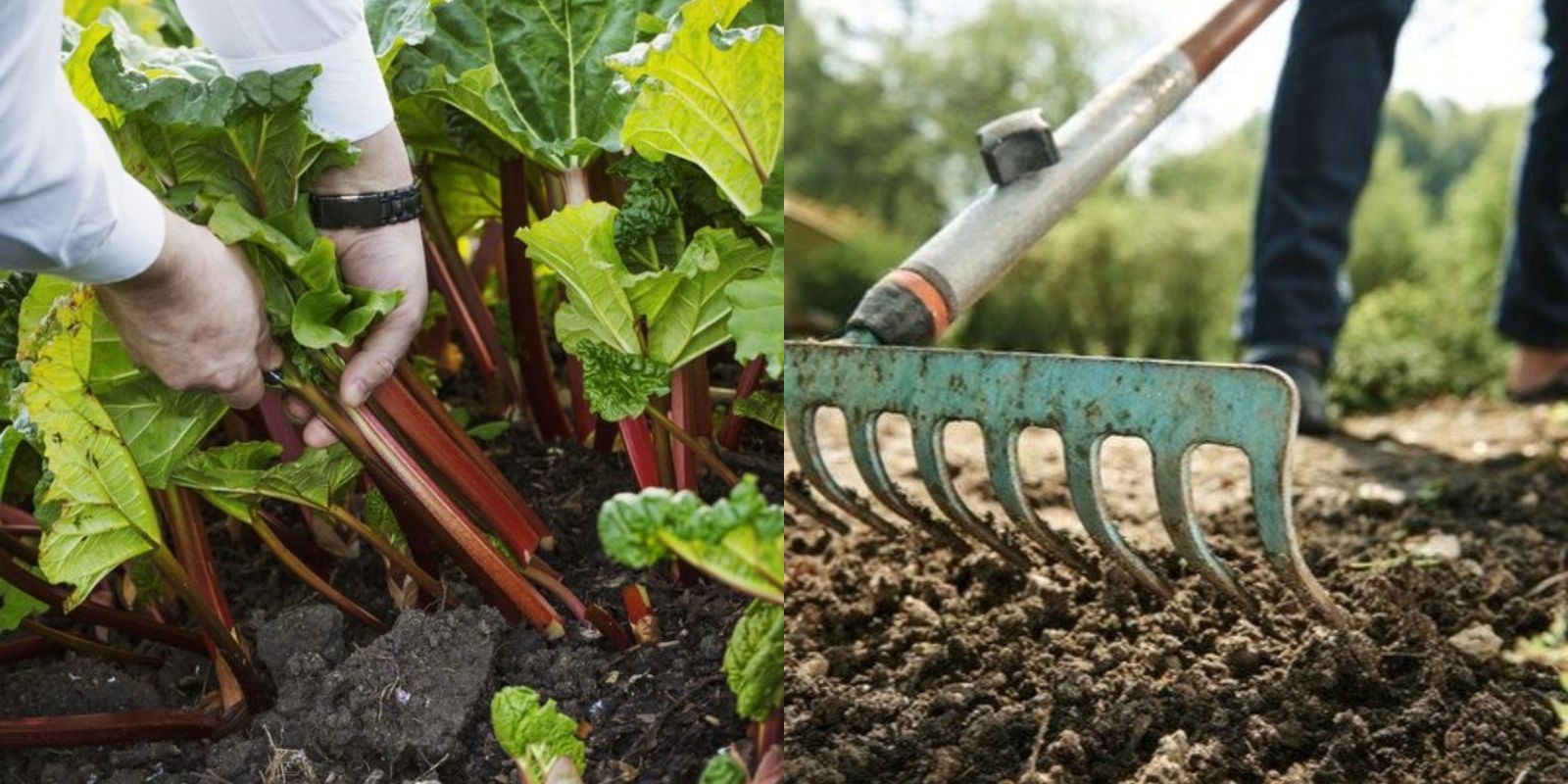Gardening is a powerful tool for teaching children about the origins of their food and connecting them with nature. By integrating gardening into their education, you not only provide them with hands-on experiences but also instill invaluable life skills and foster a deep appreciation for the environment. This article explores how gardening can be used as an educational tool, highlighting its benefits and offering practical steps to get started.
The Power of Gardening in Education
Gardening is more than just a way to grow food; it’s a dynamic educational experience that nurtures curiosity, critical thinking, and a sense of responsibility. Here’s how gardening can enrich children’s lives:
- Connecting with Nature: Gardening immerses children in the natural world, helping them understand the lifecycle of plants, the role of insects, and the importance of environmental stewardship.
- Learning Life Skills: From planning and planting to caring for plants and harvesting, gardening teaches practical skills that are useful throughout life.
- Encouraging Curiosity: As children observe plants growing and changing, they ask questions and explore scientific concepts, fostering a love of learning.
- Building Responsibility: Regular gardening tasks such as watering, weeding, and harvesting help children develop a sense of duty and routine.
Getting Started with Gardening Education
Integrating gardening into children’s education can be a fun and rewarding experience. Here’s a step-by-step guide to help you get started:
1. Introduce Basic Concepts
Start by introducing children to the fundamentals of gardening. Explain the basic needs of plants, including soil, sunlight, water, and air. Discuss the different parts of a plant—roots, stems, leaves, flowers, and seeds—and their functions. Use simple language and visual aids to make the concepts easy to understand.
- Soil Health: Teach children about the importance of healthy soil and how it supports plant growth. Explain how soil provides nutrients and helps anchor plants.
- Plant Lifecycles: Discuss the lifecycle of plants, from seed germination to growth, flowering, and fruiting. Show how plants produce seeds and how new plants grow from them.
2. Create a Hands-On Experience
Engage children in hands-on gardening activities to provide a direct connection to their food. Allow them to participate in every step of the gardening process, from planting seeds to harvesting crops.
- Planting: Let children choose seeds or seedlings and plant them in soil. Explain the planting depth and spacing required for different plants.
- Watering: Teach children how to water plants properly, ensuring they understand the importance of not overwatering or underwatering.
- Weeding and Mulching: Show them how to identify and remove weeds and apply mulch to help retain moisture and suppress weeds.
3. Explore Growth and Development
As plants grow, use the opportunity to explore and discuss their development. Observe the changes and encourage children to ask questions and make observations.
- Daily Observations: Encourage children to check on their plants regularly and note any changes. Use a garden journal to record observations, drawings, and reflections.
- Scientific Concepts: Discuss concepts such as photosynthesis, pollination, and plant reproduction. Use simple experiments and demonstrations to illustrate these ideas.
4. Teach Responsibility
Assign regular gardening tasks to help children develop a sense of responsibility and routine. Create a schedule for watering, weeding, and other garden chores, and involve children in these activities.
- Daily Chores: Rotate tasks to ensure all children participate in different aspects of garden care. Praise their efforts and acknowledge their contributions.
- Growth Milestones: Celebrate milestones such as the first sprout, first flower, or first fruit. Use these moments to reinforce the importance of their efforts.
5. Celebrate Achievements
Share the results of your gardening efforts with children, whether it’s a homegrown tomato, a fresh herb, or a bouquet of flowers. This reinforces the value of their hard work and helps build pride and appreciation for their accomplishments.
- Harvesting: Involve children in the harvesting process and let them taste the fruits of their labor. Discuss the flavor and texture of the produce and compare it to store-bought options.
- Cooking and Sharing: Use harvested produce in family meals or share it with friends and neighbors. This provides an opportunity to discuss the journey from garden to table and appreciate the value of homegrown food.
Enhancing the Gardening Experience
To make gardening even more enjoyable and educational, consider incorporating these additional elements:
- Gardening Tools: Provide child-sized tools and equipment to make gardening tasks easier and more enjoyable.
- Educational Resources: Use books, videos, and online resources to supplement gardening activities and provide additional information.
- Themed Gardens: Create themed gardens such as a sensory garden with fragrant and colorful plants, or a butterfly garden with flowers that attract pollinators.
Conclusion
Gardening is a powerful educational tool that nurtures curiosity, critical thinking, and a sense of responsibility in children. By integrating gardening into their education, you provide them with hands-on experiences that connect them with nature and teach valuable life skills. From understanding soil health to exploring plant lifecycles, gardening offers endless opportunities for learning and growth.
Start your gardening journey today and watch as children’s appreciation for nature and learning blossoms. Share your gardening experiences or ask for tips below—let’s cultivate a love for gardening together! 🌱🌟

